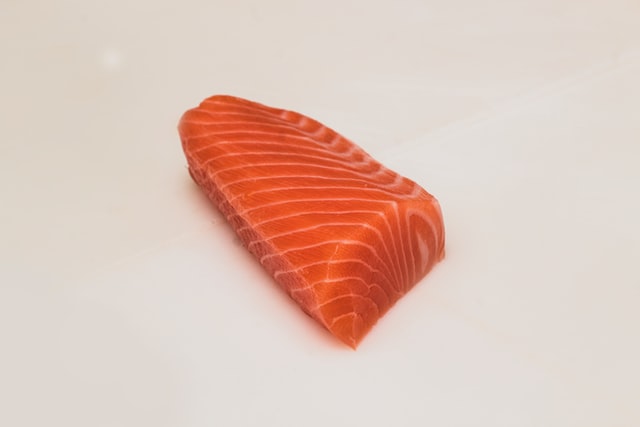If you’ve ever researched healthy nutrition, you’ve probably come across omega-3 fatty acids. However, if you’re unfamiliar with omega-3s, they might be perplexing. What are they exactly? How do they benefit you? Where can you locate them?
We met with registered dietician Anna Taylor, RD to seek answers to these issues.
What exactly are omega-3 fatty acids, and why are they beneficial to your health?
Omega-3 fatty acids are unsaturated fatty acids that your body cannot make effectively (or at all) yet require a variety of tasks. Omega-3 fatty acids are essential for heart, brain, and eye function. They also help your immune system, digestion, and reproductive system.
Omega-3s are classified into three types:
- Alpha-linolenic acid (ALA), is often found in plant sources such as canola oil, flaxseed, and walnuts.
- DHA is a fatty acid present in fish and fish oil.
- Like DHA, eicosapentaenoic acid (EPA) is present in fish and fish oil.
According to Taylor, the optimal omega-3 sources for most individuals are DHA and EPA. “Your body must convert ALA acids to DHA and EPA, which is not always the most effective procedure since it varies from person to person.”
Taylor also mentions that it’s better to receive your nutrients (including omega-3s) through food than pills or supplements. So, if you want to increase your intake of omega-3 fatty acids, you’ll need to make sure you’re receiving enough from your meals and snacks.
Omega-3-rich foods
As you can see from the list above, there is one key source of omega-3s that your body needs the most: fish. Fortunately, there are enough fish in the sea to satisfy a wide range of nutritional needs. Here are a few instances, based on USDA data:
- Herring has 1.7 grammes per 3 ounces.
- Wild salmon has 1.6 grammes of protein per 3 ounces.
- Bluefin tuna has 1.3 grammes of fat per 3 ounces.
- 1 gramme per 3 ounces of mackerel
- Sardines include 0.9 grammes of protein in every 3.75-ounce can.
- Anchovies: 0.9 g per 2-oz can.
- 0.8 gramme per 3 ounces of lake trout
- 0.8 gramme per 3 ounces of striped bass
If you’re curious about canned tuna, keep in mind that it might contain high amounts of mercury. Stick with the bulky light choice for lower mercury levels. This is particularly crucial if you are pregnant or breastfeeding, since other high-mercury species, such as swordfish, shark, and tilefish, should be avoided.
Some of the species mentioned above, such as wild-caught salmon, herring, sardines, and shellfish, are particularly ideal choices for balancing omega-3 consumption with mercury exposure.
Other omega-3 fatty acid sources
Taylor points out that these alternatives are strong in ALA omega-3s. While the omega-3 levels are high, keep in mind that your body does not digest them entirely.
- Flaxseed oil has 7.26 grammes per tablespoon.
- Chia seeds contain 5.06 grammes per tablespoon.
- Canola oil has 1.28 grammes per tablespoon.
How much omega-3 fatty acids should you consume?
Overall, eating at least two meals of fish each week is a smart method to obtain that omega-3s. To be more exact, the USDA advises that individuals consume 8 ounces or more of fatty fish each week, which equals around 250 milligrammes (mg) of omega-3s.
Before making substantial dietary changes, even healthy ones, always with your doctor. In this manner, you may prevent any allergic reactions. Furthermore, your doctor understands which techniques and foods will be most beneficial to you and your individual health state.
